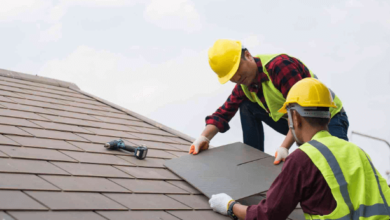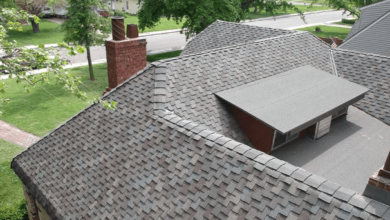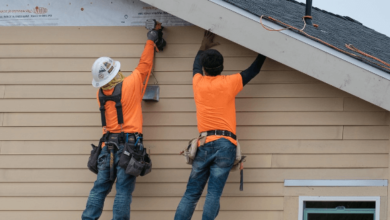Tiny House Living: Maximizing Space in Compact Homes

Space is often a luxury, yet the concept of tiny house living has gained remarkable popularity. People are increasingly opting for smaller living spaces to simplify their lives, reduce their ecological footprint, and save money. Tiny houses may be compact, but they offer a unique opportunity to maximize space creatively. This article will explore the principles of tiny house living and discuss how prefab storage units can be a valuable addition to enhance storage in small living spaces.
The Allure of Tiny House Living
Tiny house living is not just about downsizing; it’s a lifestyle choice that emphasizes minimalism and efficient use of space. The average home is around 2,600 square feet, while a typical tiny house ranges from 100 to 400 square feet or even smaller. Despite their diminutive size, these homes are designed to provide all the necessary amenities for a comfortable life. Read also wall to door installation.
One of the primary attractions of tiny house living is its affordability. Smaller homes come with a smaller price tag, making them accessible to a wider range of individuals and families. They also require less energy for heating and cooling, contributing to reduced utility bills and a smaller environmental footprint.
Read also Tesla’s massive Autopilot recall reflects the real-world risk of Elon Musk’s hyperbolic promises
Maximizing Space Creatively
Living in a tiny house may seem challenging at first, but it encourages creativity and resourcefulness when it comes to space utilization. Here are some key principles to make the most of your compact living space:
Vertical Storage: Utilize vertical space by installing shelves, cabinets, and hooks on walls to keep items off the floor and within easy reach.
Declutter Regularly: Embrace a minimalist lifestyle by regularly decluttering and getting rid of items you no longer need. This will free up valuable space and keep your tiny house organized.
Open Floor Plans: Opt for an open floor plan that maximizes the sense of space and allows for flexible room arrangements.
Natural Light: Use large windows and skylights to bring in natural light, making your tiny house feel more spacious and inviting.
Outdoor Living: Extend your living space to the outdoors with a small patio or deck, creating additional room for relaxation and entertainment.
The Role of Prefab Storage Unit Kits
While these principles are effective in optimizing space in a tiny house, there is another valuable addition that can help you maximize storage: prefab storage unit kits. These kits are designed to fit seamlessly into small living spaces, providing customizable storage solutions.
Prefab storage unit kits come in various sizes and configurations, making them adaptable to the unique layout of your tiny house. You can install them on empty walls or in underutilized corners, effectively transforming wasted space into valuable storage. These units often include shelves, drawers, and cabinets, allowing you to organize your belongings efficiently.
One of the advantages of prefab storage units is their ease of installation. You don’t need advanced carpentry skills to set them up; they come with clear instructions and are designed for DIY enthusiasts. This means you can save both time and money while enhancing the functionality of your tiny house.
Conclusion
Tiny house living is a lifestyle that encourages simplicity, sustainability, and efficient use of space. With creativity and the right tools, you can transform your tiny house into a cozy and functional home that reflects your unique personality and values. So, whether you’re looking to simplify your life, reduce your environmental impact, or embark on a budget-friendly adventure, tiny house living might be the perfect choice for you.




